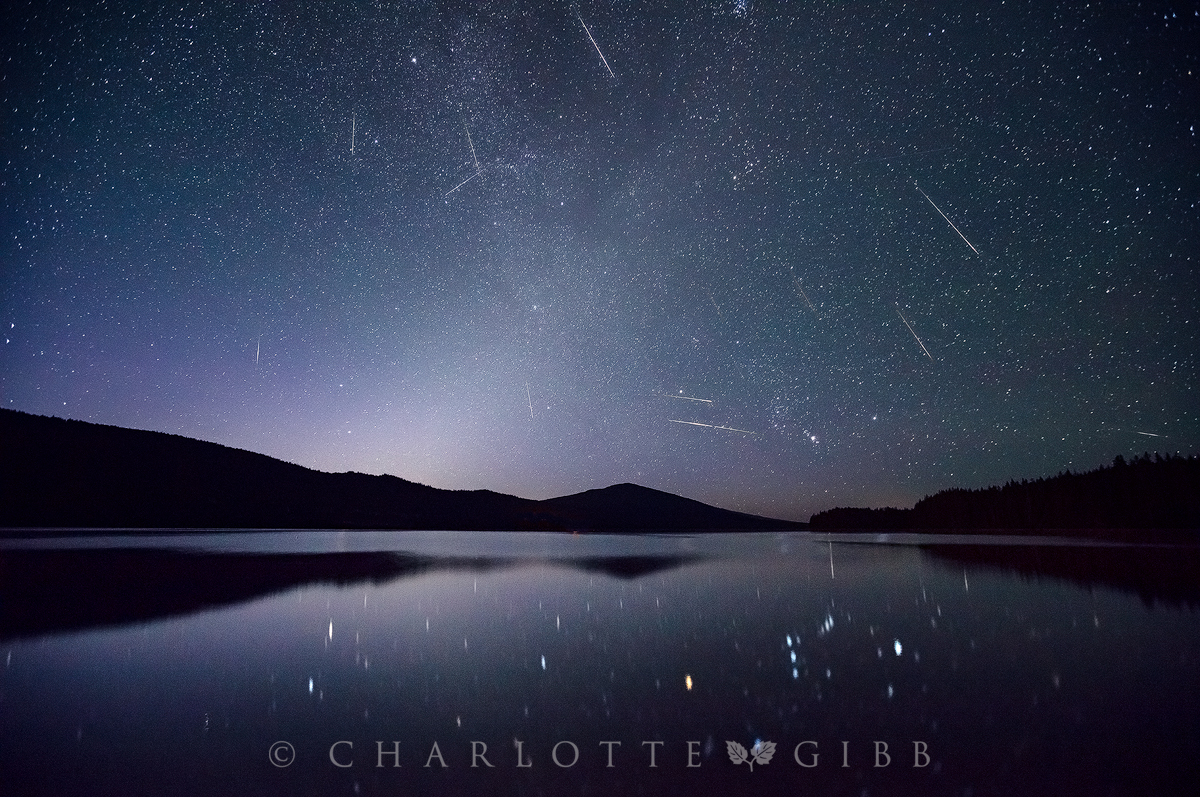
What lens is best for astrophotography? Ask Charlotte!
“Ask Charlotte” is my landscape photography advice blog. Have a question about photography? Go ahead. Ask me. I’m delighted to hear from people who share my passion. I’ll do my best to answer your question thoroughly, and who knows, maybe we will both learn something new! So, what’s your burning question?
Hi Charlotte,
I love your photos! I am wondering if you would be happy to tell me which lens you use for your astrophotography? It is an area I am very keen to explore but will want to find the best lens. I am using a Nikon D750. Hope to hear from you!
Best wishes, Martin
Hi Martin,
I’d be happy to share my lens choices for astrophotography with you.
The general rule of thumb for choosing a good lens for astrophotography is to use something that is fast —f/2.8 or faster. The reason is because your exposures for astrophotography (depending on the subject you are photographing) will be around 20-30 seconds long, unless you are using a star tracking device. An exposure longer than 30 seconds will result in stars trails — stars that look like streaks instead of pin-points. If your lens cannot accommodate an f/1.4 or f/2.8 aperture, then your exposure will have to be longer, thus creating star streaks, or your ISO will have to be pushed higher, thus creating more noise.
You also will need to consider the focal length of the lens. For example, the exposure time when using a 50mm lens must be shorter than with a 21mm lens because a 50mm lens is more magnified, and thus the star movement will be amplified. So, a 50mm lens would need to be much faster than a 21mm lens, which can tolerate a 20 second exposure without star streaks. Therefore, a 24mm or shorter on an APS-C sensor or 35mm or shorter on a full-frame sensor are the best choices.
A good way to calculate the star exposer times for a particular lens is to use what is called the “400 rule”. Divide 400 by the the focal length of your lens. The resulting figure is the maximum number of seconds you can expose before stars look like streaks at regular-size print. So, if you have a 28mm lens, 400 divided by 28 is 14.28, so the maximum time you could expose with a 28mm lens is 14-15 seconds.
I have the Zeiss 28mm f/2.8, which is perfect for what I do, but there are less expensive options than Zeiss. I discourage you from using a zoom lens, if at all possible, for astrophotography. Zoom lenses, while flexible, are not always sharp at the edges of the frame, and the stars in those areas will get distorted and look like comas or birds rather than sharp pin-points.
A word about sensors: I cannot speak to the quality of the sensor on your Nikon D750, but I encourage you to do some tests in low light situations where you push the ISO to 6400 and beyond. Is the noise level acceptable at high ISOs? If so, you are in good shape. If not, you might consider renting a camera body for your night work. The Nikon D800 has excellent dynamic range and makes for a good astrophotography camera. I have a Canon 5DsR, which is not the best night photography camera because it creates a nasty red color cast when the ISO is pushed to 6400 and beyond, so I have recently purchased a Sony a7R II, which has a much better dynamic range. I have also in the past rented a Canon 5D Mark III, which also had acceptable dynamic range at higher ISO.
If you’d like to learn more about the science behind lens technology and some more lens suggestions, I found this article to be very thorough. https://www.lonelyspeck.com/lenses-for-milky-way-photography/
I hope this helps, Martin! Feel free to ask for any clarification that comes to mind.

charlottegibb
Charlotte Gibb is a contemporary fine art photographer based in the San Francisco Bay Area specializing in landscapes of the Western United States. Her images are often taken in familiar places for the well-versed landscape photographer, but she prides herself on her keen eye toward the subtle and sometimes overlooked beauty of the natural world. Growing up among the beautiful mountains of Northern California, she considers herself a student of life, learning about people, nature, music, and photography along the way. But always, her life-long passion for the wilderness shines through it all. Charlotte earned her Bachelor of Arts degree from the Academy of Art University in San Francisco and has exhibited her work in several solo shows throughout California. Her darkroom, long gone now, has been replaced with digital darkroom tools, and her style has evolved from a somewhat journalistic approach, to one that pays tribute to the natural world.






4 Comments
Donald P. Seibel
Fantastic photography Charlotte.
Donald P. Seibel
Fantastic photography Charlotte.
B. Docktor
Great article and super duper images, Charlotte. Thanks!
B. Docktor
Great article and super duper images, Charlotte. Thanks!